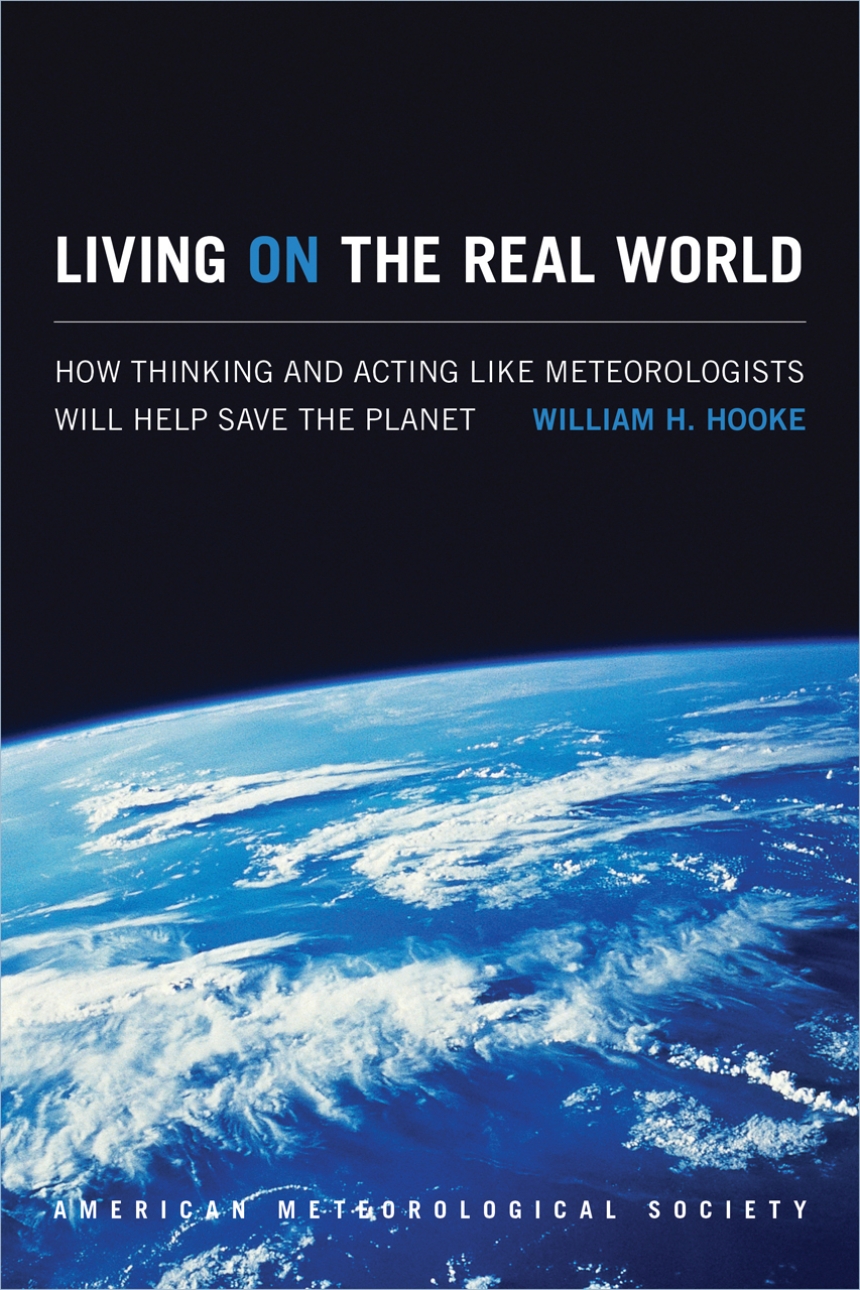American Meteorological Society
Living on the Real World
How Thinking and Acting like Meteorologists Will Help Save the Planet
9781935704560
9781935704577
Distributed for American Meteorological Society
Living on the Real World
How Thinking and Acting like Meteorologists Will Help Save the Planet
Every day meteorologists sift through a deluge of information to make predictions that help us navigate our daily lives. Instead of being overwhelmed by the data and possibilities, they focus on small bits of information while using frequent collaboration to make decisions. With climate change a reality, William H. Hooke suggests we look to meteorologists as a model for how we can solve the twenty-first century’s most urgent environmental problems.
Living on the Real World explains why we should be approaching environmental issues collaboratively, each taking on a challenging aspect and finding solutions to small parts of the larger problem. It outlines current crises brought about by climate change and extreme weather, including effects on food, water, and energy, and then explores the ways we can tackle these problems together. Blending science with a philosophical approach, Hooke offers a clear-eyed analysis as well as an inspiring call to action. Everyone from scientists to politicians, educators to journalists, and businesses large and small, can—and must—participate in order to save the planet for generations to come.
Living on the Real World explains why we should be approaching environmental issues collaboratively, each taking on a challenging aspect and finding solutions to small parts of the larger problem. It outlines current crises brought about by climate change and extreme weather, including effects on food, water, and energy, and then explores the ways we can tackle these problems together. Blending science with a philosophical approach, Hooke offers a clear-eyed analysis as well as an inspiring call to action. Everyone from scientists to politicians, educators to journalists, and businesses large and small, can—and must—participate in order to save the planet for generations to come.
Reviews
Table of Contents
Author’s Intent
Prologue
Introduction
Living on the (Physical) Real World
Living on the Real World (Social Reality)
A persistence Forecast for the 21st Century
A Basis of Facts
Policy
Opportunities for Improving Policy
Hazards Policy Innovation
Taking Policies from Abstraction to Action
Social Networking
Leadership
Reanalysis and an Updated Forecast
Epilogue
Acknowledgements
Index

